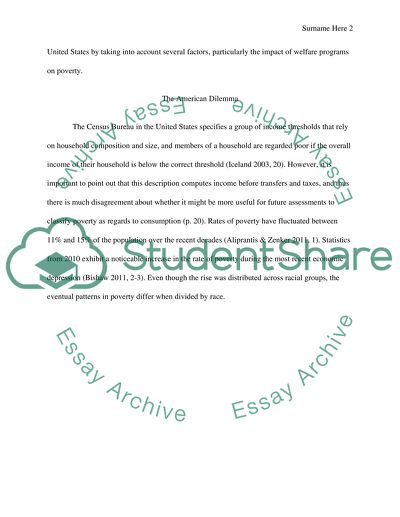Cite this document
(“Poverty in the United States Research Paper Example | Topics and Well Written Essays - 2000 words”, n.d.)
Poverty in the United States Research Paper Example | Topics and Well Written Essays - 2000 words. Retrieved from https://studentshare.org/history/1450129-poverty-in-the-united-states
Poverty in the United States Research Paper Example | Topics and Well Written Essays - 2000 words. Retrieved from https://studentshare.org/history/1450129-poverty-in-the-united-states
(Poverty in the United States Research Paper Example | Topics and Well Written Essays - 2000 Words)
Poverty in the United States Research Paper Example | Topics and Well Written Essays - 2000 Words. https://studentshare.org/history/1450129-poverty-in-the-united-states.
Poverty in the United States Research Paper Example | Topics and Well Written Essays - 2000 Words. https://studentshare.org/history/1450129-poverty-in-the-united-states.
“Poverty in the United States Research Paper Example | Topics and Well Written Essays - 2000 Words”, n.d. https://studentshare.org/history/1450129-poverty-in-the-united-states.


